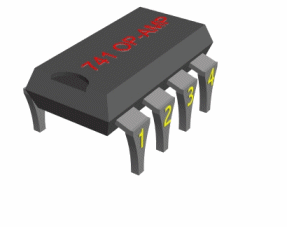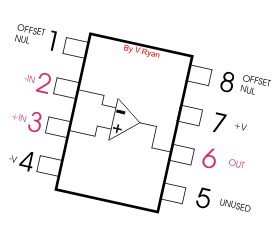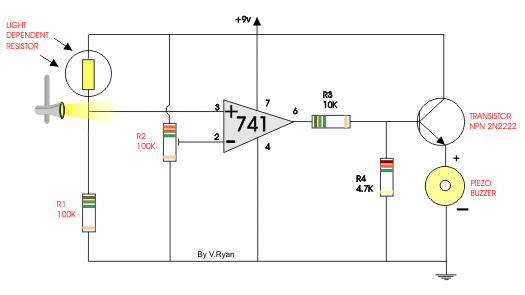Subscribe to:
Post Comments
(
Atom
)
Popular Posts
-
package conpack; import java.awt.event.ActionEvent; import java.awt.event.ActionListener; import java.awt.event.ItemEvent ...
-
Objective: 1. To study the synchronisation of the given synchronous generator with the main busbars by Three-Dark-lamp method. 2. To...
-
Amplidynes are special-purpose dc generators. They supply large dc currents, precisely controlled, to the large dc motors used to drive heav...
-
This trick will work only when you access Facebook from a Mozilla Firefox browser You can alter your facebook wallpaper / template t...
-
Choosing a suitable NPN transistor The circuit diagram shows how to connect an NPN transistor , this will switch on the load when the chip ...
-
Here is the list of new Facebook Chat Codes. All you have to do is copy and paste the codes in Chat and Enjoy :) Funny Mr. Bean Chat ...
-
Example Circuits: Tony has placed a couple 555 circuit examples below for your convenience. Play with different component values and ...
-
In this exercise lets look at how can we interface a LCD display with 16F877A PIC microcontroller . The mikroC PRO for PIC provid...
Powered by Blogger.














http://www.technologystudent.com/elec1/opamp3.htm
ReplyDeleteV. Ryan © 2002-09
really a nice project
ReplyDelete